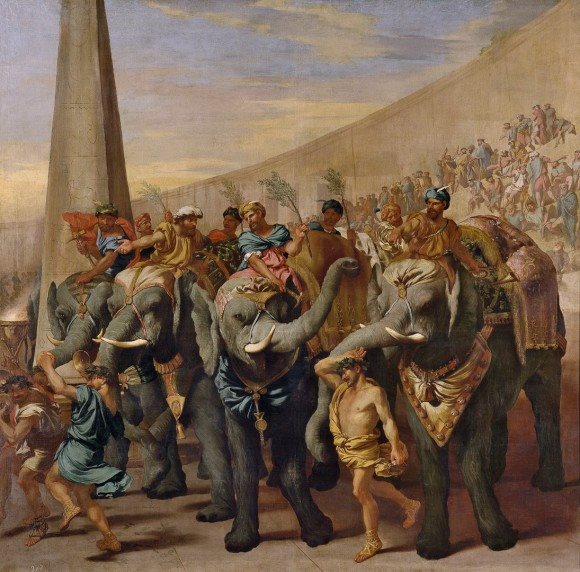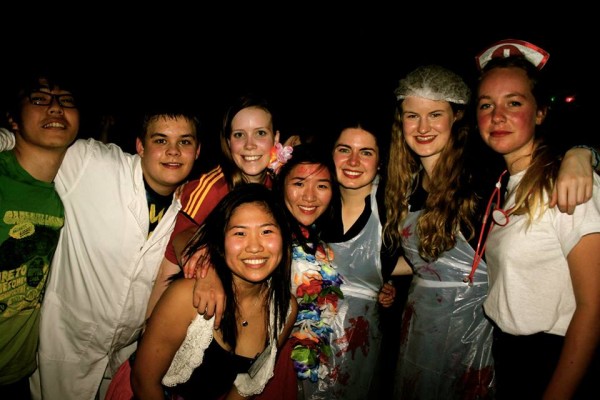This weekend marked the close of this year’s winter blockbuster exhibition at the National Gallery of Victoria. Italian Masterpieces was comprised of seventy-two paintings and thirty-three drawings from the Museo del Prado in Spain. Italian paintings, from a Spanish museum you ask? Whaaa?
Don’t worry it totally makes sense when you look at the context for the exhibition.
Back in the 17th and 18th century Spain was an absolute powerhouse in Europe. Northern Europe and England were having some qualms about whether they wanted to still be affiliated with the Catholic Church or not. Historically, this was known as the Reformation. France wasn’t super sure where it stood. Italy was still mostly a group of different provinces, ruled by different families and governments but its artistic scenes in the likes of Rome, Venice, Bologna, Florence and Milan were still going strong after the Renaissance (the so-called re-birth of painting and sculpture after the medieval period. This when artists like Leonardo, Michelangelo, Donatello and Raphael, aka the Teenage Mutant Ninja Turtles, were doing really impressive stuff). Massive chunks of Italy, like Naples and Sicily were owned by Spain, as was France at one stage.
The Church in Rome was pretty nervous about all of the countries that didn’t want to be Catholic anymore so they wanted to Spain on their team. Spain liked the Church, Italy’s culture and ties to Ancient Rome so boom! Massive art trade!
Some of the works in this exhibition were commissioned as gifts to the Spanish royal family, some were commissioned by the royal family, and others had been made for other people but were later acquired for the royal court, it’s palace, cathedrals, convents and monasteries. Not all of them were acquired in a particularly legal way but that’s history for you.
Some of these artworks classify as Renaissance (around the 14th-16th centuries) and some are Rococo (later 18th century) but most of the artworks in the exhibition are Baroque (17th and 18th centuries). Baroque art was given a really bad rap from the 19th century up until the mid-twentieth century. I can understand this, to an extent.
A lot of baroque painting is decadent and melodramatic, the scenes often crowded and the figures aren’t always as idealistic as those of the Renaissance but these are also reasons to like these works. There’s a lot to take in but it’s not necessarily overwhelming. It definitely helps if you already know stories from the Bible, or about the lives of saints but you don’t have to be religious to look at a painting and have an opinion. Other subjects covered by works in the exhibition include portraits, still-lifes and, my personal favourite, scenes that depicted Roman mythologies or Ancient Roman life. The painting with the elephants is pretty darn cool.




